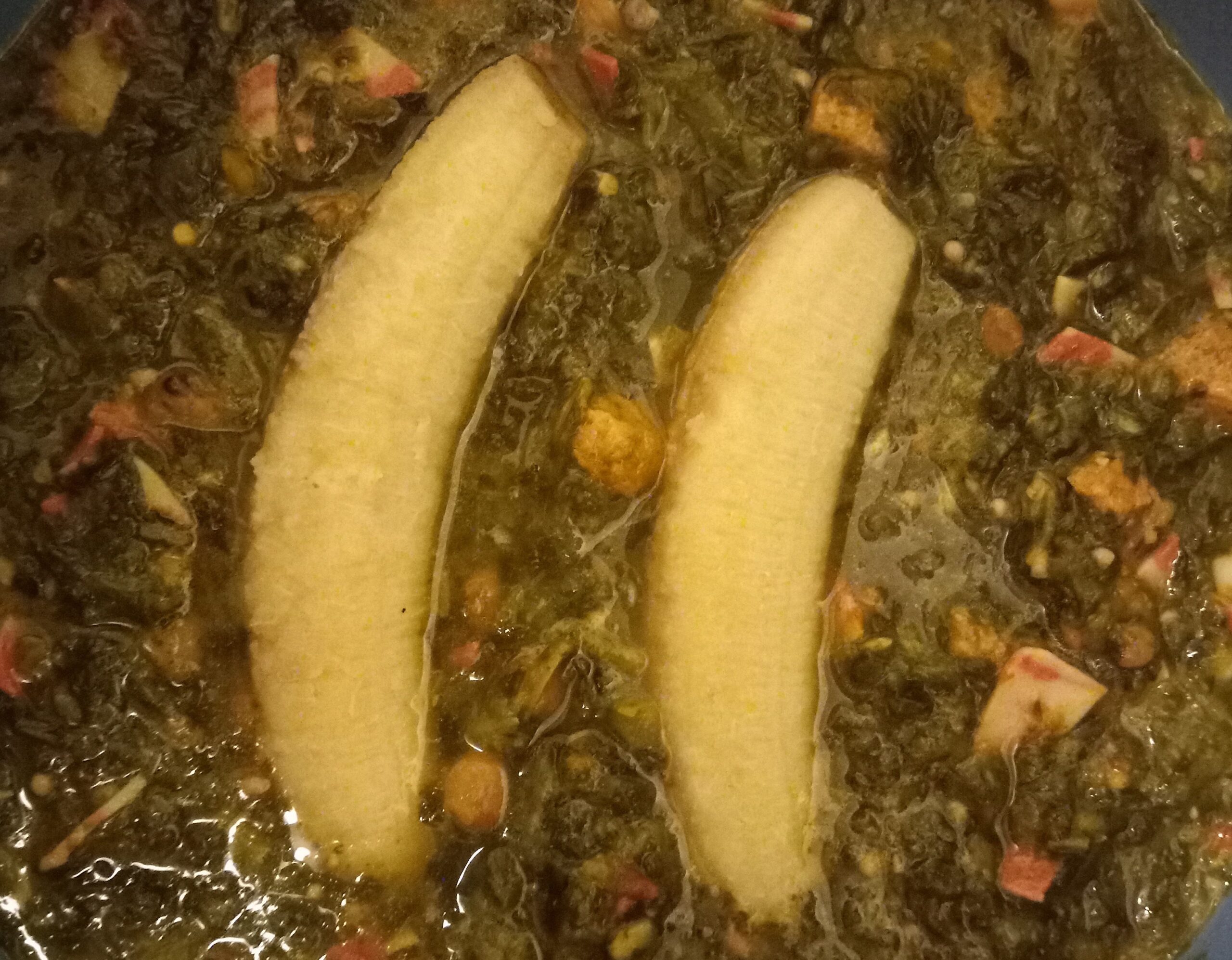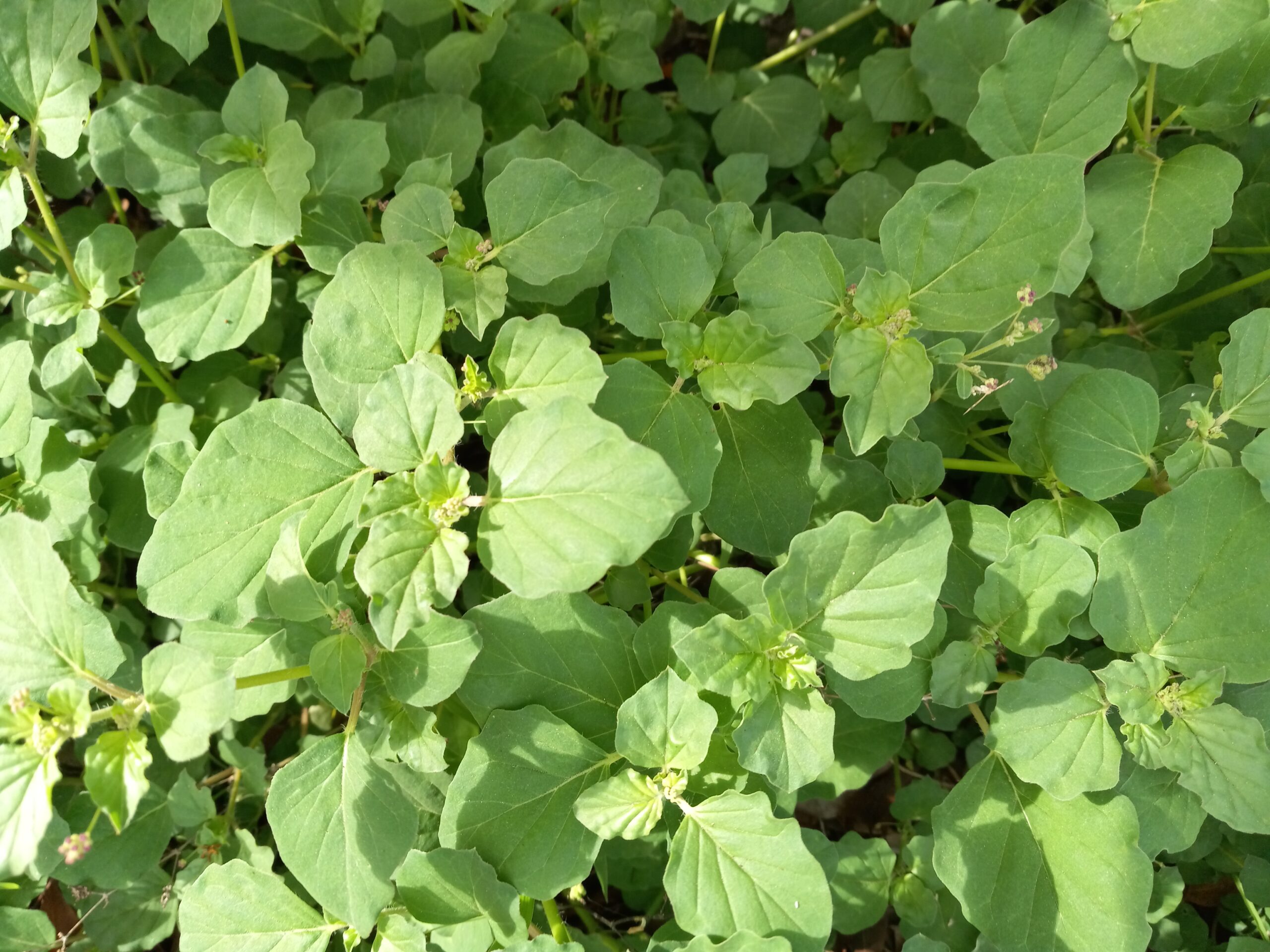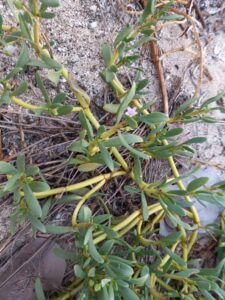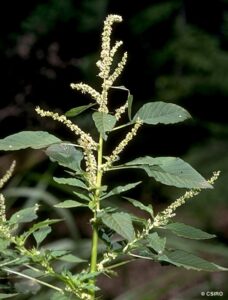
Over the years, I have written articles regarding the establishment of an official national dish of the Virgin Islands. I believe that the dish must be cultural, and one should be able to trace the history of the dish to our ancestors. If we are talking about preserving Virgin Islands culture, then it is important to trace the history that distinguishes us as Virgin Islanders.

Well, it caught my attention as I was reading the local paper the other day where Sen. Angel Bolques Jr. introduced Bill No. 35-0078 to establish an official national dish and dessert of the Virgin Islands. Nevertheless, I read recently that Sen. Bolques has withdrawn his bill due to the back-and-forth issues with his colleagues whether you need a bill to establish a national dish of the Virgin Islands.
As Virgin Islanders and Caribbean people, we love to eat with plates running over with food. Hans West, a Danish educator and amateur botanist, lived in the Danish West Indies from 1788 to 1791. During his stay in the islands, particularly the island of St. Croix, he became affiliated with the Crucian plantocracy whose children he had come to educate. In his book, titled Bidrag til Beskrivelse over Ste. Croix med en Kort Udsigt over St. Thomas, St. Jean, Tortola, Spanishtown og Crabeneiland, he mentioned the institution of slavery, which also included the food and dishes of enslaved Africans and “free people of color.”
And as we all know, food is passed down from generation to generation. However, we are losing our identity when it comes to food in the Virgin Islands and probably the wider Caribbean region. Nevertheless, there is one dish that stands out in Virgin Islands culture that is unique to the people of these islands. Please don’t get me wrong. There are other native dishes in the Virgin Islands, but this particular dish that I am talking about is different, although it is called by other names in the wider Caribbean region.
I am talking about kallaloo. This dish can be traced to our ancestors’ eating habits. In West’s book, one of the main native dishes that stood out was the kallaloo. “In this manner, the field workers cook their pepper pot or kallaloo, each one at his house, and enjoyed the cool evening which is their actual eating time permitted by circumstances,” noted West. Kallaloo probably came from the African Twi “Kalalu.” It is made as a thick gumbo soup and served with balls of “fungee.” Some ingredients include fish, land crabs, pigtails, hambones, tannia leaves, “Batabata,” Whitey Mary, Manbower, Papalulu, Sea pussly or Purslane, thyme, hot pepper, and okra.

The late native naturalist George A. Seaman described kallaloo as “generally a thick, whimsically seasoned mélange of weeds, fish, salted beef — or pigtails — conch and crab.” He further wrote: “This unsavory-looking mess is often so hot with red pepper that the stranger fears to touch it.” In other words, the kallaloo soup is so hot with red pepper that a stranger is afraid to eat it. We are talking about Virgin Islands culture in reference to food. Kallaloo could also be referred to as a botanical garden or weed-woman’s wonder. “Its commonest ingredients were once the bane of the sugarcane grower and flourished in his fields, especially after the May and June rains,” noted Seaman.

The following are the main bushes or weeds used in Virgin Islands kallaloo: (1) Batabata: Boerhavia diffusa, (2) Whitey Mary: Amaranthus spp., (3) Papalula: Corchoros siliquosus, (4) Manbrower: Amaranthus spinosus L., and (5) Tannia leaves: Xanthosoma sagittaefolium. I must say the bushes have a cultural sound to them when you say Whitey Mary and Batabata.
One of our outstanding cooks in the Virgin Islands was the late Amy Mackay. Here what she said about kallaloo: “Kallaloo is really the national dish of the Virgin Islands and is quite different from dishes of the same name made in neighboring islands.” In her cook book titled Le Awe Cook: A Collection of Authentic Cruzan Recipes, she lists the authentic kallaloo dish ingredients, which go back to the 1800s, and the “modern ingredients,” which most people use today.

Yes, we are talking about preserving our culture by cooking native dishes that honor and celebrate our heritage. Kallaloo is cultural in relation to land crabs. On the island of St. Croix particularly, kallaloo and crabs were interchangeable. The dish of kallaloo became a major tradition for enslaved Africans, which coincides with the harvesting of kallaloo crabs during the fall and winter season. In the Danish West Indies and during early American rule, probably up to early 1970s, kallaloo was eaten at Old Year’s Night into the New Year.
It doesn’t mean kallaloo cannot be eaten throughout the year. What it does mean, on Old Year’s Night, along with attending church, the tradition was eating kallaloo. This was another tradition from our ancestors hundreds of years ago. According to tradition, kallaloo gives you good luck for the New Year. Thus, eating kallaloo on Old Year’s Night purges you out for the New Year. This purge allows you to start the New Year afresh.
Following an African tradition in the Virgin Islands and probably throughout the Caribbean, women who were pregnant in the old days would eat kallaloo for a healthy and smooth delivery of their child. Kallaloo was so embedded in the people of the Virgin Islands long ago that people sang a song about the bushes when they were in the fields harvesting the plants. The kallaloo song below is written by the late Miss Marie A. Richards of Frederiksted, and the title of the song is called “Crucian Kalaloo.”
Yo’ talk about yo’ peas and rice
Yo like yo’ fish an stew
But dere’s no dish so sweet an nice
Like a Crucian Kalaloo
Wha ah we goin do
Wid out a bowl ah kallaloo
Don tell us eat no rice
Kalaloo an rice aint nice
Some like ah dish ah good mauffay
Wid plenty ah salt meat, too
Wen we hungry, we put it away
But we wan Kalaloo
Chorus
Oh, tis good, we all like it,
De babies like it too,
We eat ev‘ry bit, it keep us fat
Crucian Kalaloo
The national dessert of the Virgin Islands is wide to choose from. There is the Red Grout, which traces back to the Danish “Rodgrod.” Our black cake, pound cake, Vienna cake, cream cake and filling, etc., let me stop! I am getting hungry. In the Virgin Islands, we are one kallaloo family from different nationalities. Let us make kallaloo our national dish, which means we all came out of one kallaloo pot.
— Olasee Davis is a bush professor who lectures and writes about the culture, history, ecology and environment of the Virgin Islands when he is not leading hiking tours of the wild places and spaces of St. Croix and beyond.


